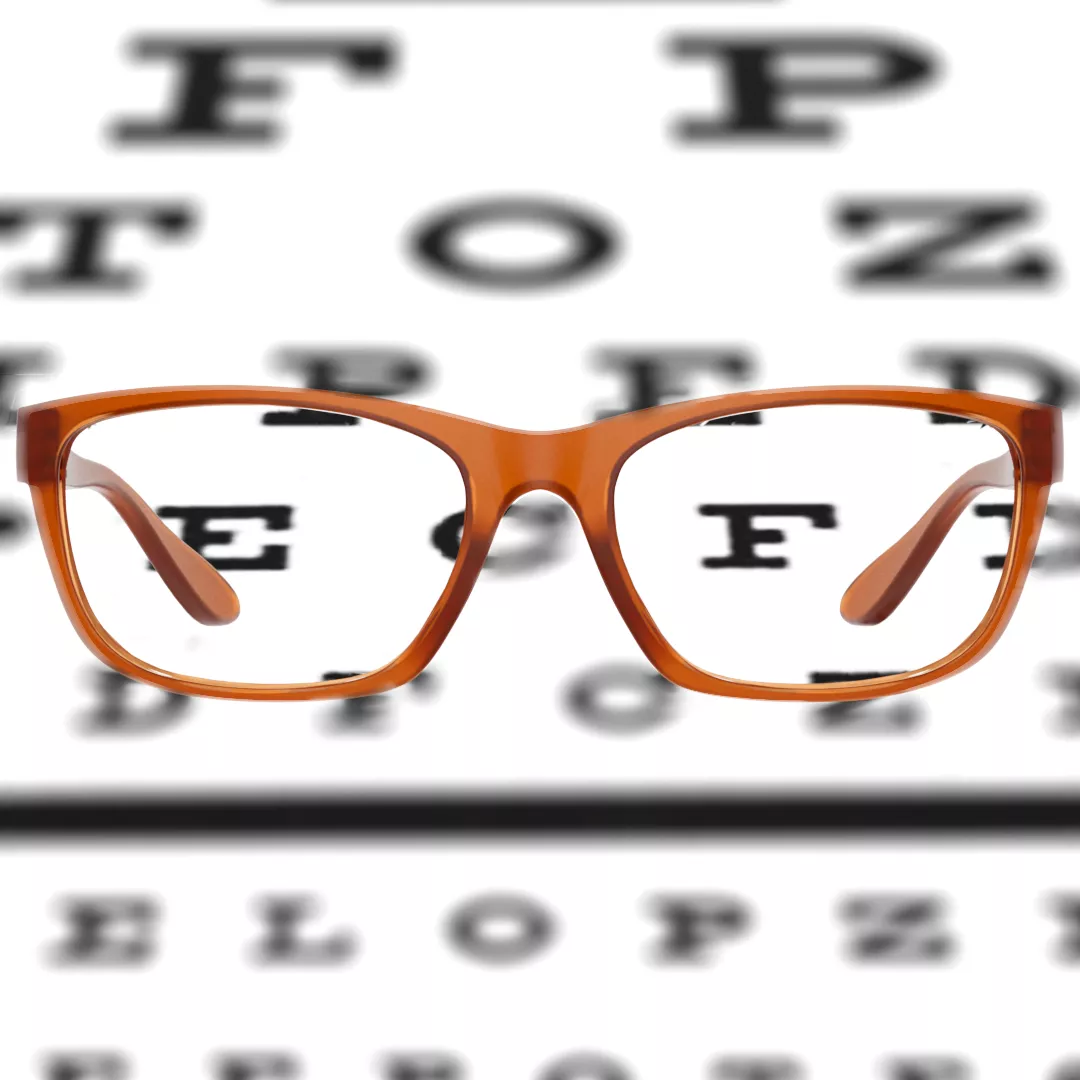- VOLUME 8: HOW TO READ YOUR EYE PRESCRIPTION?
VOLUME 8: HOW TO READ YOUR EYE PRESCRIPTION?
Tuesday, 24 January 2023Are you struggling to read your eye prescription? At Dresden Vision we know the importance of understanding your eye prescription to ensure that you get the correct glasses or contact lenses. We believe that understanding your eye prescription is crucial in selecting the right eyewear for your needs. In this blog post, we will provide you with 10 valuable tips on how to read your eye prescription.
Understand the Terminologies
The first step towards reading your eye or glasses prescription is by understanding the terminologies used. The abbreviations can be confusing, but once you know what they mean, it becomes easier to read and understand.
Familiarize Yourself with the Basics of Eye Prescription
Before diving deep into your eye prescription, it's essential to understand the fundamentals of eye prescription. This includes diopters, sphere, cylinder, axis, and pupillary distance (PD).
Spherical Errors and Corrections
The spherical error, also called the sphere, indicates the degree of nearsightedness or farsightedness. The number is indicated in diopters, with a minus sign indicating nearsightedness, and a plus sign indicating farsightedness.
Cylindrical Errors and Corrections
Cylindrical errors are present in people with astigmatism. It's indicated by a cylinder value, and an axis indicates the orientation of the cylinder.
Reading Addition for Near Vision
Individuals with presbyopia or the loss of near vision may have an additional value indicated in their prescription.
Pupillary Distance Measurement
Pupillary distance (PD) is the distance between the center of each pupil, expressed in millimeters.
Importance of Prescription Expiration Dates
Your eye prescription has an expiration date, and it's essential to keep track of it as it may impact the validity of your order.
Importance of Accurate Measurements
Having precise measurements of your prescription, such as pupillary distance (PD), cylinder axis, and astigmatism direction, is imperative in promoting the perfect fit for your glasses. The accuracy of these measurements involves an optometrist or optician's expertise and experience, ensuring your eyeglasses suit your complete prescription, resulting in flawless vision.
Notably, PD, the distance between your pupils, is a critical optical measurement that determines where the optical center of the lenses should be. An improperly measured PD may result in an off-centered prescription, leading to uncomfortable vision, poor optical clarity, and discomfort.
Optical measurements also impact your eye health, as vision problems may result in headaches, eyestrain, and blurred vision. So, it is paramount to book an appointment with a reputable optometrist or optician for professional optical measurements.
Seek Help From an Eye Care Professional
If you're having trouble reading your eye prescription, don't hesitate to seek help from an eye care professional. They can explain the prescription to you and answer any questions that you may have.
Most IMPORTANT tip of ALL
Order Your Glasses At Dresden Vision! In summary, understanding how to read your glasses prescription is crucial to ensure you get the right glasses to improve your vision. If you're confused or need help, don’t hesitate to come to us, your eyewear experts, who can assist you in interpreting the prescription and finding the right glasses or contacts.

